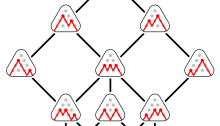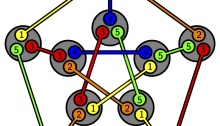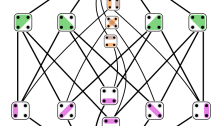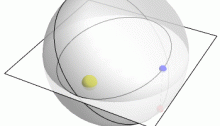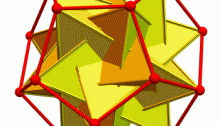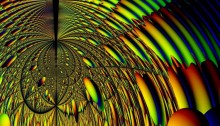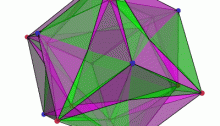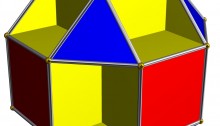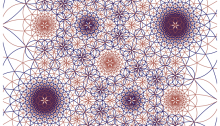Dyck Words
This picture by Tilman Piesk shows the 14 Dyck words of length 8. A Dyck word is a balanced string of left and parentheses. In the picture, a left parenthesis is shown as upward-slanting line segment, and a right parenthesis as a downward-slanting one.

